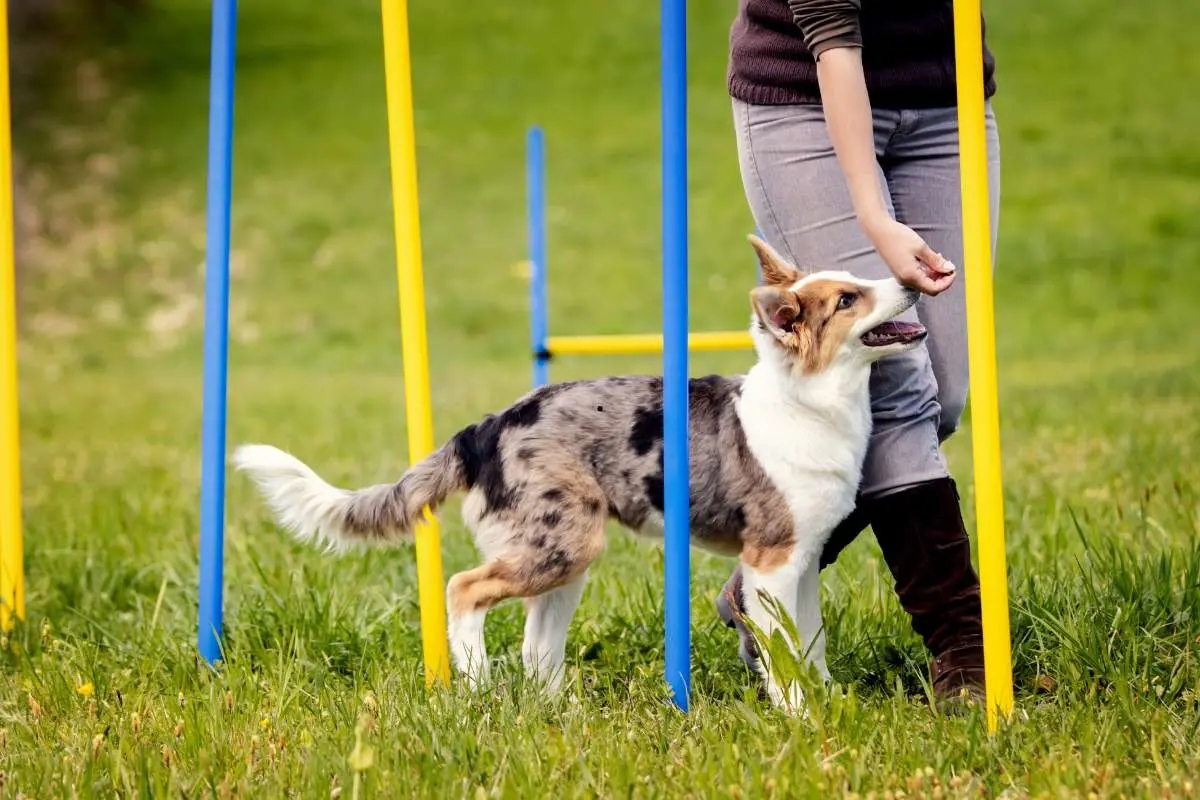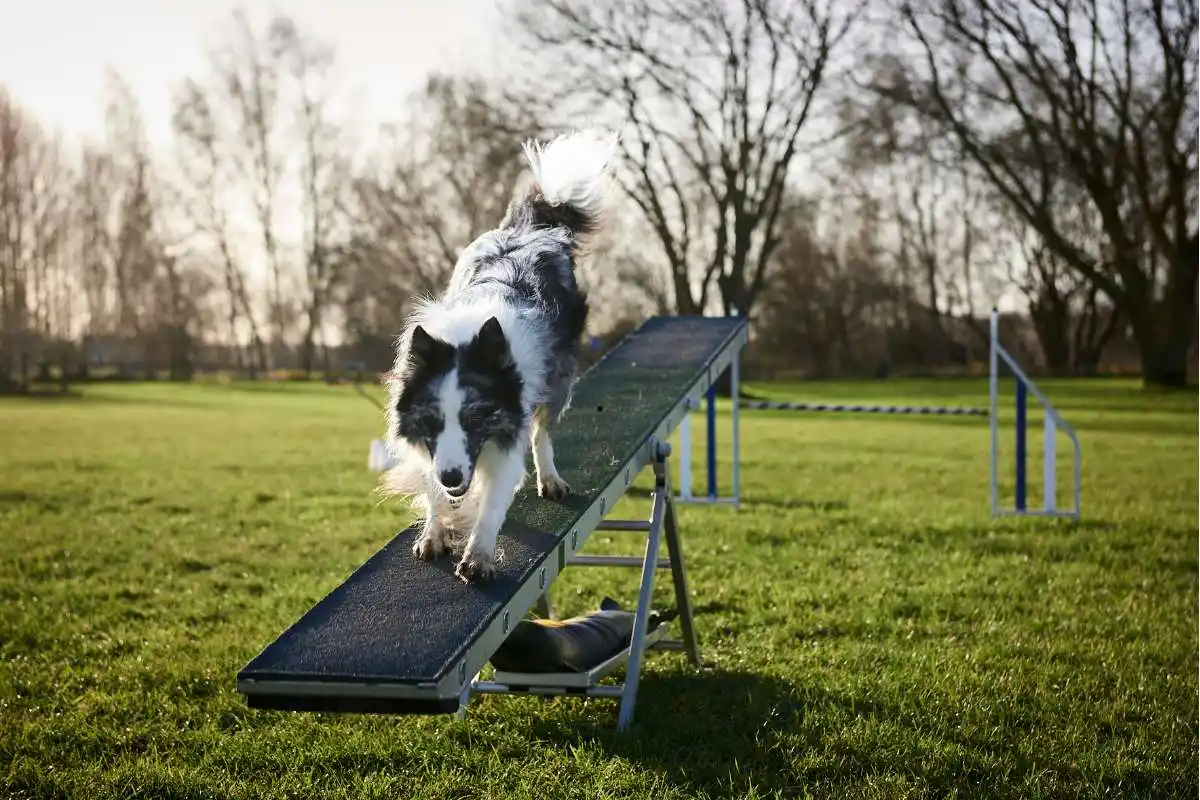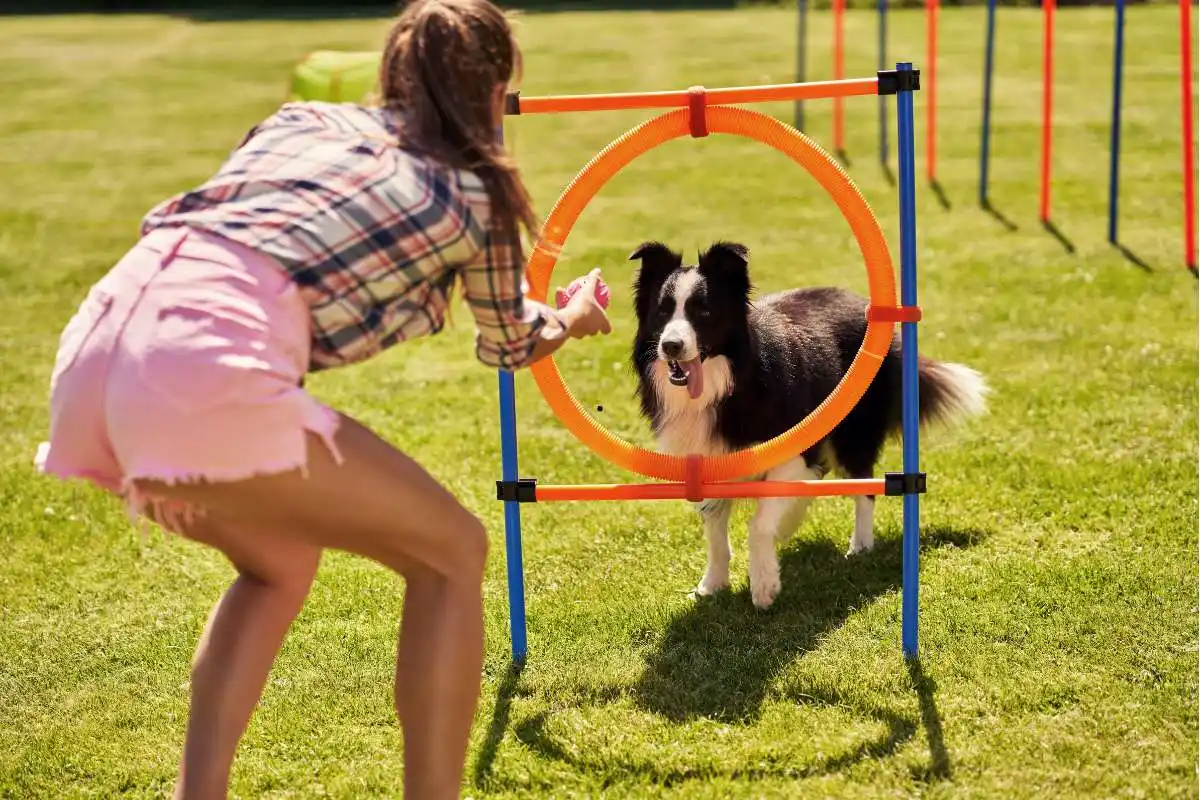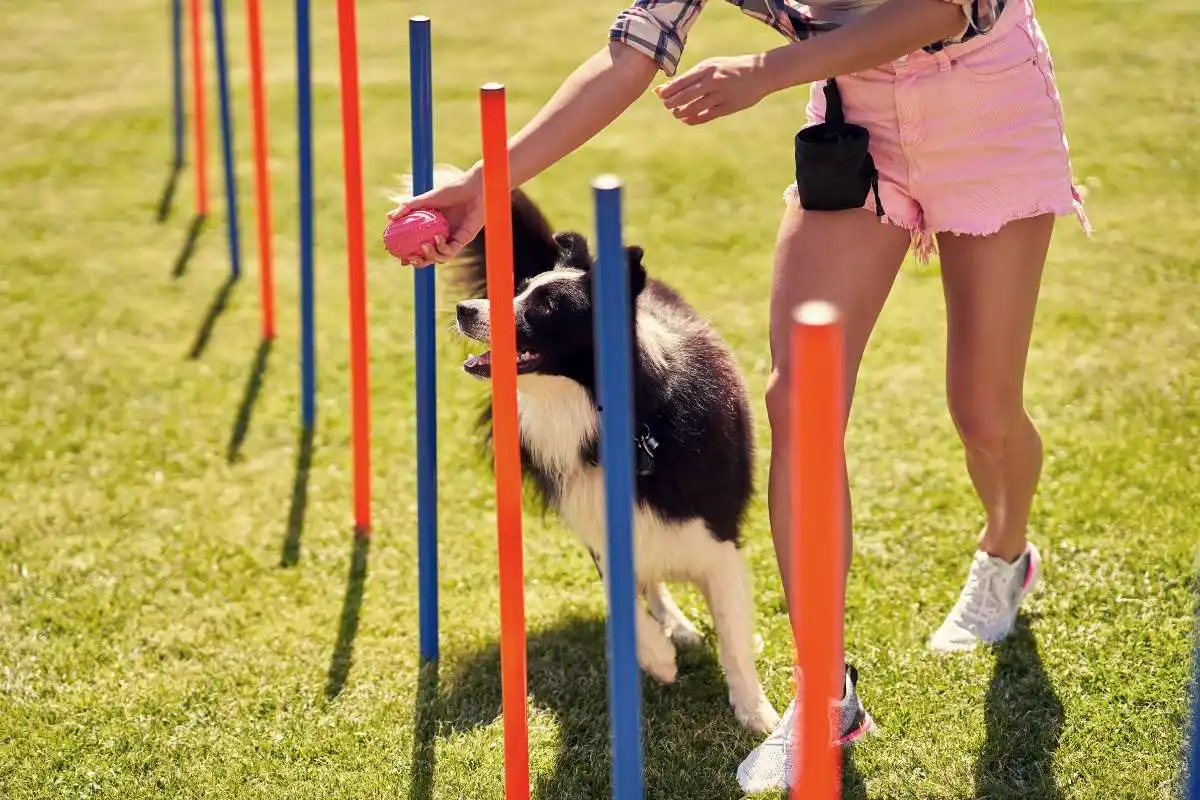Many dog owners wonder how much time they should dedicate to training their furry friends in agility. Training a dog for agility requires consistent and regular practice to master the various obstacles and commands. Consistency is key to helping your dog develop the agility skills needed to excel in competitions or simply enjoy the activity.
Assessing Your Dog’s Agility Training Needs
Factors Influencing Training Duration
Before starting your dog’s agility training, it is crucial to assess their individual needs. The training duration may vary based on certain factors. Some of the key factors that can influence the amount of time needed for training include your dog’s age, breed, temperament, previous training experiences, and overall fitness level.
- Age: Younger dogs may have a shorter attention span and may require shorter, more frequent training sessions, while older dogs may need more breaks and longer rest periods.
- Breed: Some breeds are naturally more energetic and eager to please, while others may require more time and patience during training sessions.
Knowing and understanding these factors can help you tailor your training duration to meet your dog’s specific needs.
Evaluating Your Dog’s Learning Pace
Assuming your dog’s individual needs can help you gauge their learning pace during agility training. Some dogs may pick up new skills quickly and require a faster training pace, while others may need more time to grasp concepts and techniques. It is important to be patient and observant of your dog’s progress to adjust the training duration accordingly.
Pace is key in agility training, as pushing your dog too fast can lead to frustration and setbacks while moving too slowly can result in boredom and lack of progress. By closely monitoring your dog’s reactions and responses during training, you can determine the most effective pace to keep them engaged and motivated throughout the process.

How-To: Getting Started with Agility Training
Essential Equipment and Space Requirements
Some important equipment you will need to start agility training includes jumps, weave poles, tunnels, and a pause table. These can be purchased or easily built at home. Ensure that all equipment is safe and sturdy before starting any training sessions. You will also need a large, enclosed outdoor space for training, such as a backyard or a local park that allows dogs.
Building a Training Schedule That Works for You and Your Dog
Little regular training sessions, even as short as 10-15 minutes, a few times a week can greatly improve your dog’s agility skills. Consider your own schedule and your dog’s energy levels when determining how many sessions to include per week. Be consistent with training times and keep sessions fun and engaging for your dog to maintain their interest.
While agility training is a fun and rewarding activity, it is important to be mindful of your dog’s physical limitations. Ensure they have enough rest between training sessions to prevent injuries. Always warm up your dog before starting agility exercises and cool them down afterward. Gradually increase the intensity and duration of training to avoid overworking your dog.
Tips for Effective Agility Training Sessions
Your agility training sessions with your dog should be structured and focused to maximize results. Here are a few tips to make your sessions as effective as possible:
- Set clear goals for each training session to keep you on track and ensure progress.
- Keep training sessions short and focused to maintain your dog’s interest and prevent them from getting fatigued.
- Use a variety of training exercises to keep your dog engaged and to work on different skills.
- Be consistent with your training schedule to reinforce learning and establish good habits.
Any agility training session should be a positive and enjoyable experience for both you and your dog. By following these tips, you can make the most out of your training sessions and see improvement in your dog’s agility skills.

Warm-Up and Cool-Down Routines for Your Dog
For agility training, it’s crucial to incorporate warm-up and cool-down routines to prevent injuries and prepare your dog’s muscles for exercise. Start with a gentle warm-up consisting of walking or light jogging to increase your dog’s heart rate and loosen their muscles. After the training session, allow your dog to cool down with a brisk walk and gentle stretches to help prevent muscle soreness and stiffness. Any abrupt start or stop in physical activity can lead to injuries, so it’s crucial to include these routines in your training sessions.
Positive Reinforcement Techniques to Motivate Your Dog
An important aspect of agility training is using positive reinforcement techniques to motivate your dog and encourage good behavior. Reward your dog with treats, praise, or playtime when they perform a task correctly to reinforce positive behaviors. Establish a clear communication system with your dog by using consistent cues and rewards to strengthen their understanding of the desired behaviors. Routines that incorporate positive reinforcement create a positive training environment and help to build a strong bond between you and your dog.
Maximizing Training Time Efficiency
How to Use Short, Focused Training Sessions
Now, to make the most of your training time, it’s imperative to focus on short, intense training sessions rather than long, drawn-out ones. Dogs have short attention spans, so keeping training sessions brief (around 10-15 minutes) can maximize their focus and learning potential. Be sure to plan out specific goals for each session and have a clear plan of action to achieve them. Consistency is key, so try to train your dog a few times a week to maintain progress.
Incorporating Daily Activities into Agility Training
Time. Incorporating daily activities into agility training can be a game-changer in optimizing your training time. Simple activities like practicing commands during walks, using meal times as training sessions, or integrating agility exercises into playtime can efficiently reinforce your dog’s skills. This approach not only saves time by multi-purposing daily routines but also helps reinforce learning in real-world situations.
Efficiency. By seamlessly integrating training into your daily activities, you maximize training opportunities without adding extra time to your schedule. This approach not only reinforces your dog’s agility skills but also deepens the bond between you and your furry companion. Recall, that consistency is key, so make sure to incorporate these activities regularly to see the best results.

Overcoming Common Training Challenges
Identifying and Addressing Hurdles in Agility Training
Training agility can be a rewarding experience for both you and your dog, but it’s not without its challenges. One common hurdle is when your dog becomes distracted or loses focus during training sessions. This can be due to various reasons such as outside noises, other dogs, or simply a lack of interest. It’s necessary to identify the root cause of the distraction and address it accordingly.
How to Keep Your Dog Engaged During Training
Training sessions should be short, fun, and varied to keep your dog engaged and motivated. Incorporate games, treats, and plenty of praise to make the training more exciting. Another tip is to always end on a positive note, even if the session didn’t go as planned. This will help maintain your dog’s enthusiasm for future training sessions.
Tracking Progress and Adjusting Your Training Plan
Many dog agility trainers find it crucial to track their progress and make adjustments to their training plan accordingly. One effective way to do this is by setting measurable goals and milestones.
Setting Measurable Goals and Milestones
Adjusting your training plan starts with setting clear and measurable goals for you and your dog. These goals could include improving your dog’s speed through the weave poles, perfecting obstacle discrimination, or enhancing your communication during a course. Break down these goals into smaller milestones, such as reducing the time it takes to complete a specific course section or increasing the accuracy of your handling cues. By tracking these milestones, you can see progress and determine if adjustments to your training plan are necessary.
When to Intensify Training and When to Take a Break
Some signs that it may be time to intensify training include plateauing progress, consistently missing specific goals, or preparing for upcoming competitions. On the other hand, it’s crucial to recognize when your dog may need a break to prevent burnout or injuries. Watch for signs of fatigue, disinterest, or frustration during training sessions. Remember that rest and recovery are just as important as training to ensure long-term success in dog agility.

Advanced Agility Training Strategies
- Introducing New Obstacles and Challenges
Training Strategy Benefits Gradual Progression Prevents overwhelming the dog and builds confidence Positive Reinforcement Encourages willingness to try new obstacles - Tips for Competing in Agility Trials Even at the advanced level, it is crucial to keep training sessions exciting and engaging for your dog. Introducing new obstacles and challenges can help keep your dog mentally sharp and physically fit. The gradual progression in difficulty and the use of positive reinforcement will ensure that your dog continues to excel in agility training.
Tips for Competing in Agility Trials
One crucial tip for competing in agility trials is to practice consistently and ensure that your dog is familiar with different course elements. Positive reinforcement and maintaining a strong bond with your dog are key factors in achieving success in agility competitions.
- Practice Consistently
- Positive Reinforcement
With consistent practice and positive reinforcement, you can enhance your dog’s performance in agility trials. Assume that a well-prepared and confident dog will have a higher chance of success in competitive events.
FAQ
How much time should I spend training my dog for agility?
The amount of time you should spend training your dog for agility depends on various factors such as your dog’s age, breed, and individual abilities. In general, it is recommended to train your dog for agility at least 30 minutes to an hour each day. Consistency and frequency are key to successful agility training.
What are some tips for efficient agility training sessions?
To make the most out of your agility training sessions, focus on short, high-energy training sessions that keep your dog engaged and motivated. Break down the training into small steps, use positive reinforcement techniques, and keep the sessions fun and interactive for your dog. Remember to also include regular breaks to prevent burnout and maintain your dog’s focus.
How can I assess if I am spending enough time training my dog for agility?
You can assess if you are spending enough time training your dog for agility by monitoring your dog’s progress and performance during training sessions. If your dog is making steady progress, showing improvement in agility skills, and enjoying the training sessions, it is a good indication that you are spending an adequate amount of time training. However, if you notice a lack of progress or enthusiasm, you may need to reassess your training strategy and consider increasing the training time or adjusting your training techniques.
